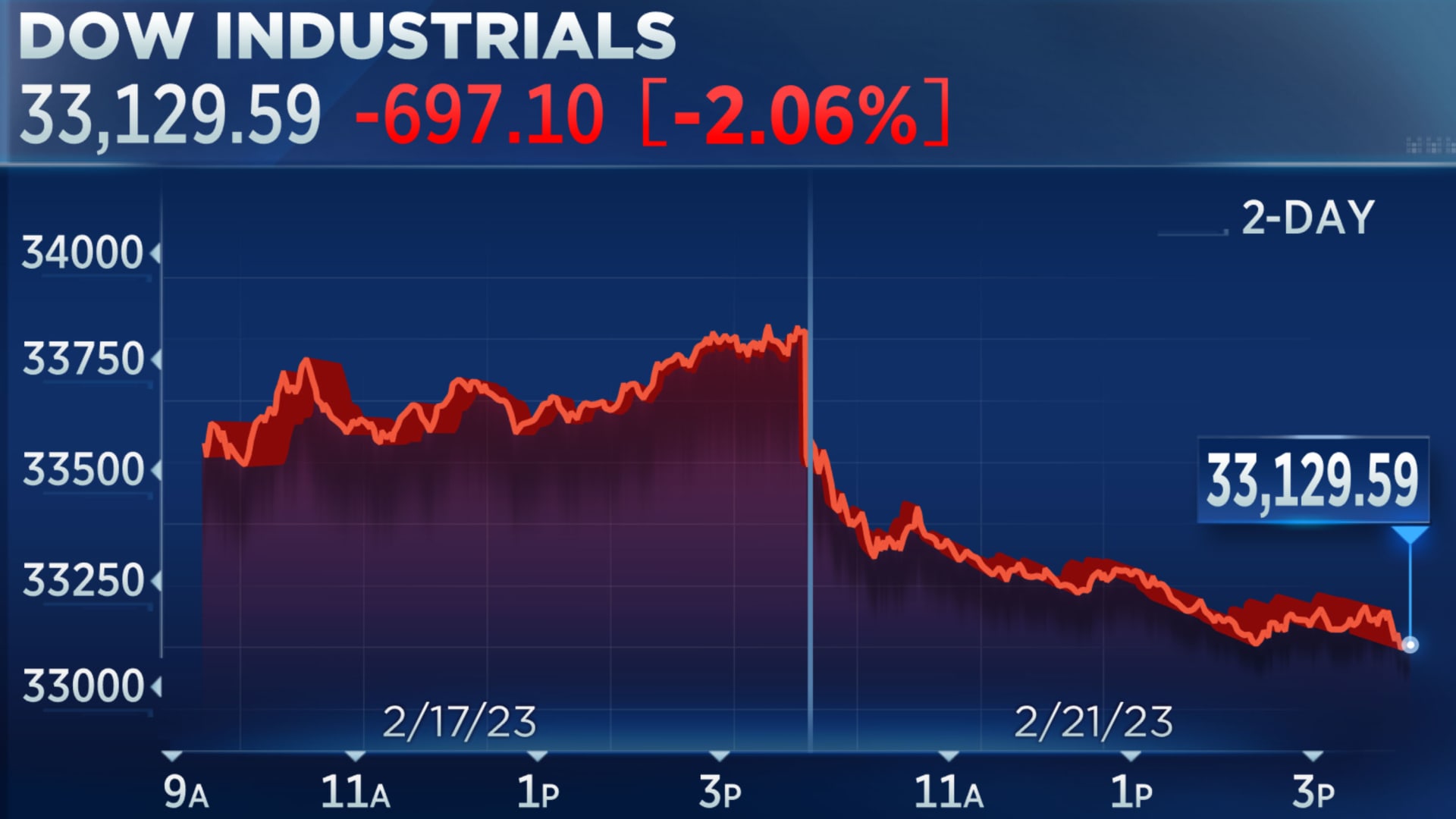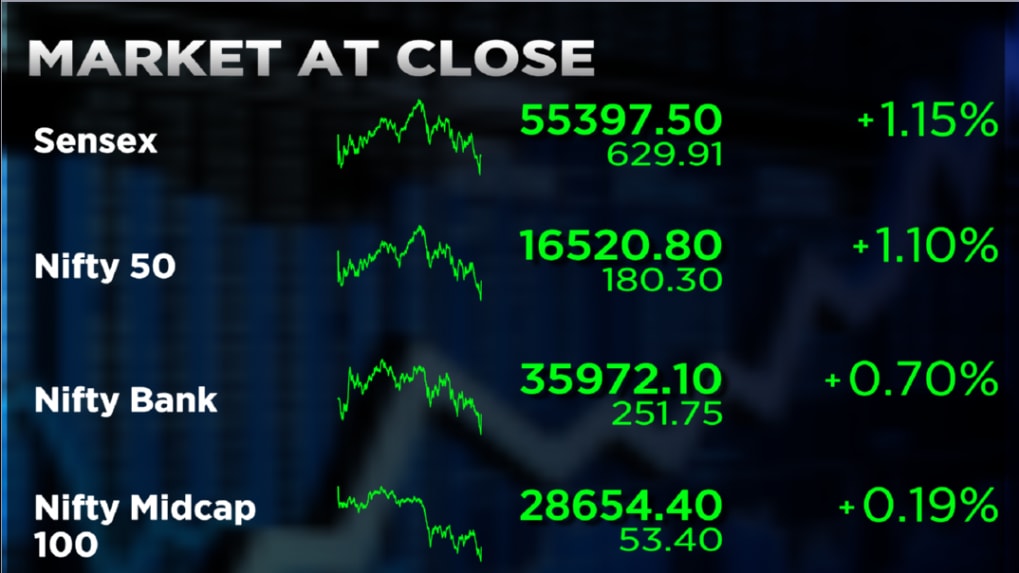Fascination rates transfer areas since they modify the price of money. When funding gets cheaper, organizations can financing growth quicker and customers spend more. When credit gets high priced, development cools. Understanding this fundamental vibrant assists explain why stock market news today so easily to rate headlines and plan signals.

When rates increase, valuation multiples often compress. Higher discount charges minimize the present price of future cash flows, which will be why development and tech names—often priced on long-dated earnings— see clearer swings. For case, throughout recent rate rise rounds, price-to-earnings ratios in high-growth segments fell quicker than these in defensive sectors. However, when rate objectives convenience, those same industries usually lead rebounds as investors re-rate potential earnings.
Sector behavior also adjustments with rates. Financials can benefit from larger net fascination margins when short-term prices rise quicker than deposit charges, though credit chance can counteract that gain late in the cycle. Resources and consumer staples, prized for dividends, occasionally lag in rising-rate surroundings since their bond-like income runs face stiffer competition from higher-yielding fixed income. Energy and industrials can be combined, monitoring both rate techniques and broader demand signals.
Earnings sensitivity matters. Organizations with larger control feel charge changes first. As refinancing fees increase, interest expense eats into margins; firms with solid stability blankets have more resilience. View debt maturities and fascination protection ratios in quarterly reports to gauge exposure. At the same time, charge changes influence client demand: higher mortgage and car loan prices can slow big-ticket purchases, pressuring suppliers and housing-linked names.
Industry breadth and energy usually reveal the charge narrative. When policy signs recommend a stop or rocker, risk appetite usually broadens beyond a number of mega-cap leaders. Alternatively, hawkish shocks can thin breadth as investors group into perceived safe havens. Intraday volatility will spike around policy notices and labor or inflation releases since they reset charge expectations in real time.
Useful methods for navigating today's atmosphere:
Monitor the provide curve. A steepening contour can signal improving growth objectives; an inversion frequently cautions of slower task ahead.
Focus on money flow quality. Consistent free income movement and manageable debt loads can stream against higher financing costs.
Diversify across charge sensitivities. Mix cyclical coverage with defensives to lessen single-factor risk.

Use dollar-cost averaging throughout unstable times to avoid time mistakes.
In the near term, the way of inflation and the work industry will shape rate expectations— and , by expansion, equity valuations. Remaining seated in these technicians assists cut through noise, arrange profile possibilities with your risk patience, and place for opportunities when sentiment swings.
